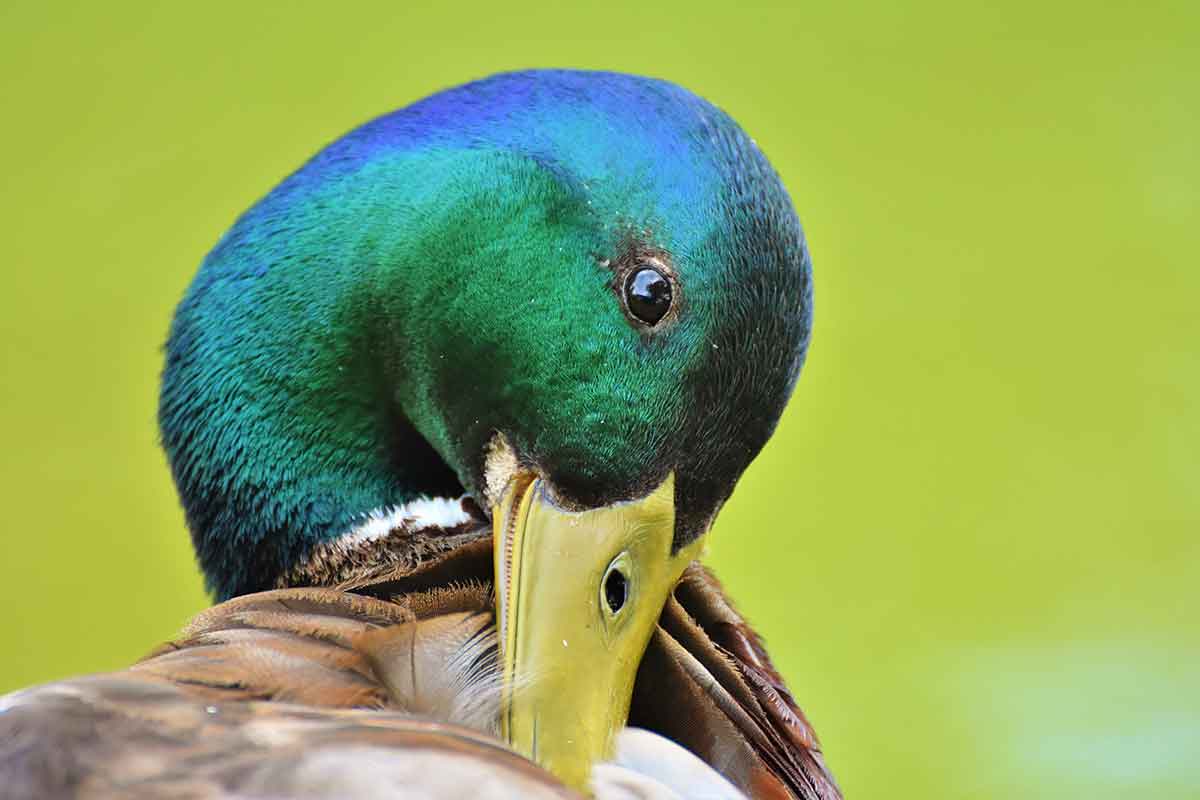
Atlantic Flyway mallards are struggling, but to what degree and why no one seems to know.
Photo: Pixabay
Waterfowl biologists up and down the East Coast warned a year ago that this as likely coming.
And so it has.
Hunters are only going to be able to take half as many mallards per day in the Atlantic Flyway this year as last, and for the better part of the two decades before that. The limit for 2019-20 is two, no more than one of them a hen.
A still as yet unexplainable decline in mallard numbers is the reason why.
“Over the long term, the last 20 years, it’s been anywhere from a 30 to a 50 percent decline,” said Ian Gregg, game management division chief for the Pennsylvania Game Commission. “So pretty significant.”
The U.S. Fish and Wildlife Service estimated the eastern mallard breeding population at 1.1 million in 2004. That was the peak.
It estimated the population last year at 650,000 birds.
“To put the decline in perspective, mallards are now only marginally more abundant than American black ducks in eastern North America,” added to the New York Department of Environmental Conservation.
The drop is a mystery.
Biologists monitor duck populations by production and survival of birds year to year. Those numbers haven’t changed over time.
So, New York biologists say, there must be a problem with how data is being collected.
Where the hiccup lies is unclear, though.
Biologists are seeing the drop across seasons, though. Biologists in Pennsylvania, for example, are banding fewer mallards over summer and seeing hunters shoot fewer per day in fall and winter.
Indeed, according to New York officials, hunters killed 523,000 mallards in 2000. That was the peak harvest. By comparison, they killed just 286,400 in 2017.
“So a lot of different data sources point to this decline in mallards,” Gregg said.
“Why is that happening? I wish we had one smoking gun, but we don’t. We have a lot of possibilities and probably there are multiple factors involved.”
Habitat loss could be a factor.
According to Fish and Wildlife, mallards are generalists, “meaning they aren’t picky and will consume a variety of foods including seeds, aquatic vegetation, aquatic insect larvae, and freshwater shrimp.”
“They can be seen dabbling for food in shallow water but are also known to ‘dry feed’ or eat food on land, especially in harvested agricultural fields. While migrating, they are known to feed heavily on agricultural seeds and grains,” the Service added..
But they do best where there is a lot of grassland next to water, and such places have gradually disappeared in the face of urban sprawl and clean farming practices, Gregg said.
Stable water levels courtesy of better flood control also inhibit mallards, he said, by reducing quality wetlands. Another thought, “more theory than proven,” is that game farm genetics traceable to stocked mallards weakened the gene pool.
Harvest is the one factor wildlife agencies can control, however.
“And it does seem like we’re just shooting more mallards than can produced here in the East,” Gregg said.
There was some thought to reducing the mallard limit by just one bird, to three, or to removing the hen restriction. There’s not a lot of evidence that it’s biologically important, Gregg said.
But given all of the unknown surrounding mallards right now, the U.S. Fish and Wildlife Service and biologists across states in the Flyway decided to cut the limit as they did, to two birds, no more than one of them a hen.
Limiting the take by hunters is meant to buy time. The hope is that the smaller bag limit will stabilize mallard numbers while researchers try to figure out what is going on.
“Should the population start to grow again, biologists will have a better understanding of the effects of harvest on the population and the potential for additional harvest opportunity (i.e., larger bag limits),” said New York officials.
It will take time to find answers, though.
No one knows how long the lower mallard limit will be in place, Gregg said. But he expects it to be at least two years, to give biologists time to collect data.
They will, he said. Then it’s a matter of deciphering this mystery.
“We will learn a lot here in the next two years just from making this change,” he said.
Atlantic Flyway waterfowl hunters see another change
Hunters in the Atlantic Flyway will see another change this fall and winter.
Opportunities to hunt migratory Canada geese are also shrinking.
Atlantic Flyway geese nest in northern Quebec, then migrate through New York, Vermont and eastern Pennsylvania before wintering in the Carolinas. The highest concentrations reside in the Chesapeake Bay region.
The population hit bottom in the 1990s and wildlife agencies closed hunting seasons. Fifteen years of stable numbers and consistent hunting followed.
Geese are slow to breed, though, and numbers have been declining again over the last half dozen years or so, said Ian Gregg of the Pennsylvania Game Commission. Last year they crashed.
“Atlantic Population Canada geese experienced a near-total reproductive failure in 2018, due to an extremely late spring on their northern Quebec breeding grounds,” said Gamer Commission waterfowl biologist Jeremy Stempka. “The best available data indicate recent harvest levels for these species were not sustainable.”
Less hunting is the result.
In Pennsylvania and New York, for example, the season is 30 days in 2019-20, as compared to 50 last season. The limit is now two birds rather than three.
Want to see more? Check us out on Facebook, Twitter and Instagram.








